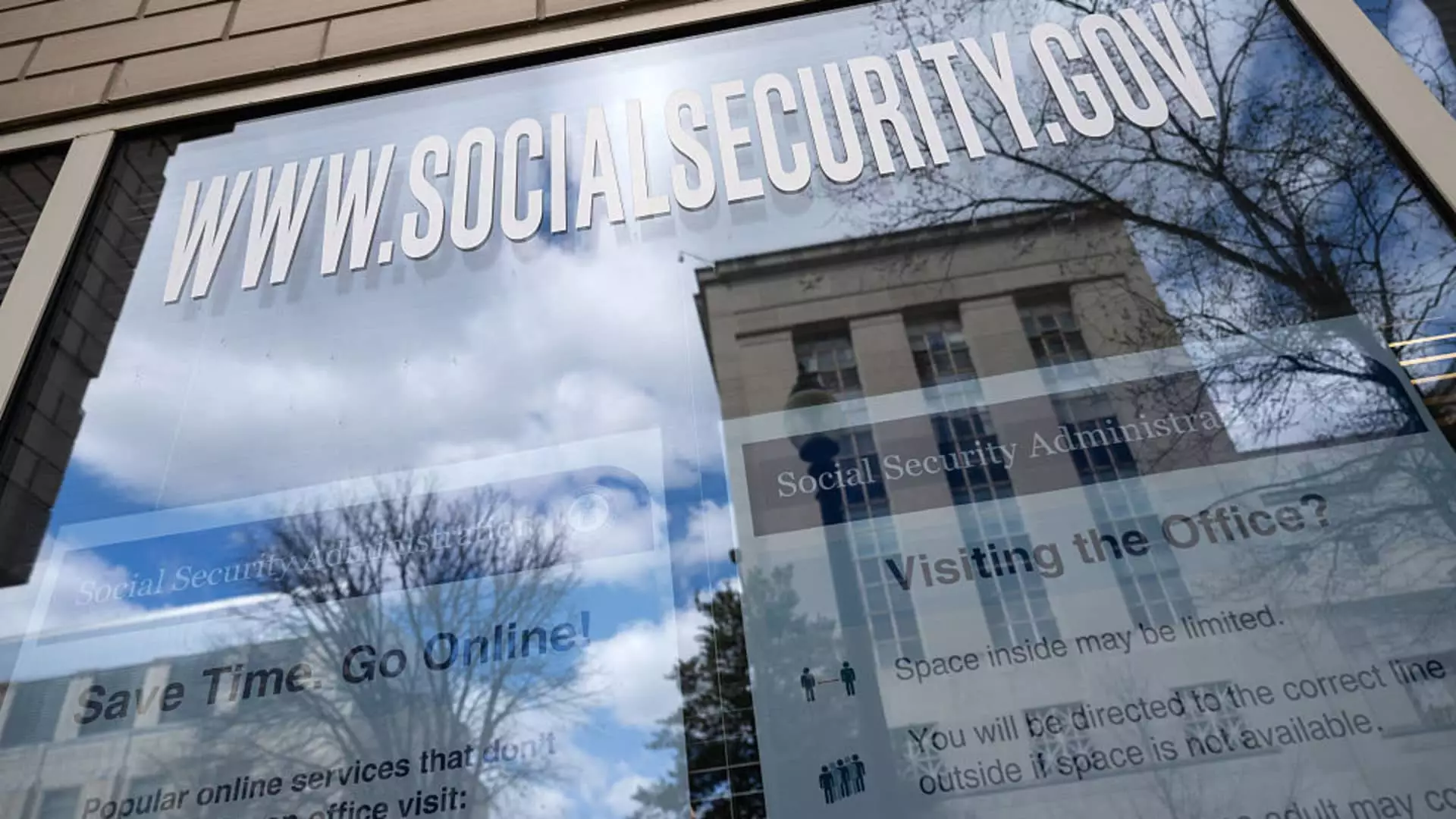The latest report from the Social Security Board of Trustees has thrown a stark spotlight on the precarious state of Social Security in the United States. Projections indicate that the trust fund, which underpins retirement benefits, could be depleted by 2033. This no longer feels like merely an abstract forecast; it’s a looming crisis that is likely to affect millions of Americans who rely on these benefits. Surprisingly, the situation has remained unchanged from previous reports, suggesting that while the alarms have been sounded, substantive measures to address the issue have yet to materialize.
What’s more alarming is that once the trust fund is exhausted, only about 77% of scheduled benefits will be payable. This stark reality raises a crucial question: what is preventing Congress from taking meaningful action to secure the financial health of a program that serves as a lifeline for so many elderly, disabled, and vulnerable individuals? The stakes couldn’t be higher, yet the political will to confront this issue seems dishearteningly absent.
The Complexity of Trust Funds
The Social Security system is complex, comprising two main trust funds: the Old-Age and Survivors Insurance (OASI) Trust Fund, and the Disability Insurance (DI) Trust Fund. While it has been reported that the DI Trust Fund is stable enough to pay full benefits through 2099, the overall financial health of these trust funds is grossly mismanaged. A transparent and cohesive approach to combine these funds, often obstructed by legislative hurdles, could present a powerful solution to the solvency crisis. Yet, as it stands, Congress appears more focused on playing politics rather than on crafting solutions grounded in practical finance.
The current challenge isn’t just merely about numbers. It reflects a fundamental disconnect between lawmakers and the everyday American. Over 70 million people, including retirees and disabled workers, will depend on Social Security benefits this year alone. The emotional weight of these benefits cannot be underestimated; they often determine whether families can afford food, healthcare, and essential living costs. It is unconscionable for any politician to shift their gaze from this cruel reality.
The Medicare Paradox
It’s not only Social Security that is facing challenges. The Medicare program, which is integral to America’s healthcare system, will also encounter funding shortfalls sooner than anticipated. According to the Medicare trustees, the predictive timeline for the exhaustion of its Hospital Insurance trust fund has moved up to 2033 as well. To witness both Social Security and Medicare teetering on the brink of fiscal crisis is nothing short of a national failure—how can a developed nation lack the foresight to secure its citizens’ futures?
Catalysts for these financial fragilities include shifting demographics, policy changes, and newer reforms that only exacerbate existing flaws. The 2025 implementation of the Social Security Fairness Act was perceived as an enhancement of benefits for public pensioners, yet it promises to tighten the noose around the program’s overall viability. Simply put, the lack of a robust legislative framework that adapts to changing economic realities will continue to complicate an already dire situation.
Public Sentiment Versus Political Inaction
What is particularly striking is that public sentiment appears to be starkly at odds with political action. A recent survey indicated that 85% of Americans would favor raising taxes rather than cutting benefits to shore up Social Security. Not only does this show a clear mandate from the populace, but it emphasizes that most Americans understand the necessity of investing in a program they have contributed to throughout their working lives. The public is ahead of their elected officials in this conversation, and that indicates a troubling rift.
Moreover, bipartisan agreement on solutions remains elusive. While some lawmakers float tax increases, others stubbornly cling to the notion of benefit cuts. This stagnation undermines public trust in government, engendering feelings of betrayal among those who have diligently paid into the system. Rather than leading with courage and resolve, many politicians seem trapped in a cycle of inaction, unwilling to confront the tough choices that are nevertheless necessary.
A Call for Revolutionary Change
It’s time for a revolutionary approach to both Social Security and Medicare. The conversation must pivot from mere survival tactics—such as simply raising the retirement age or slashing benefits—to innovative solutions that recognize the changing landscape of our society. Eliminating the payroll tax cap for earnings over $400,000 is one popular suggestion backed by public sentiment. It’s not merely about financial sustainability; it’s about fairness and equal contributions to a system that is supposed to uphold social safety nets.
In the face of fast-approaching deadlines, lawmakers would do well to heed the public’s insistence for responsible policy over political expedience. The societal implications of inaction will not just be fiscal; they could potentially fracture the very foundation of what it means to live in a society that values collective welfare and responsibility towards its elders and disabled citizens. Surely we can do better than this. History will not judge us kindly if we fail to take tangible action to safeguard the future of Social Security and Medicare.

